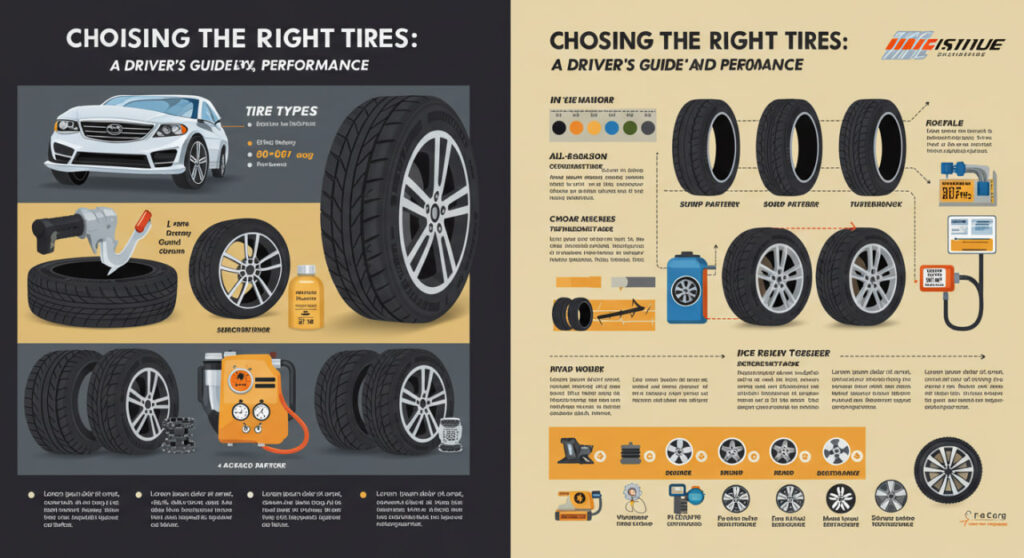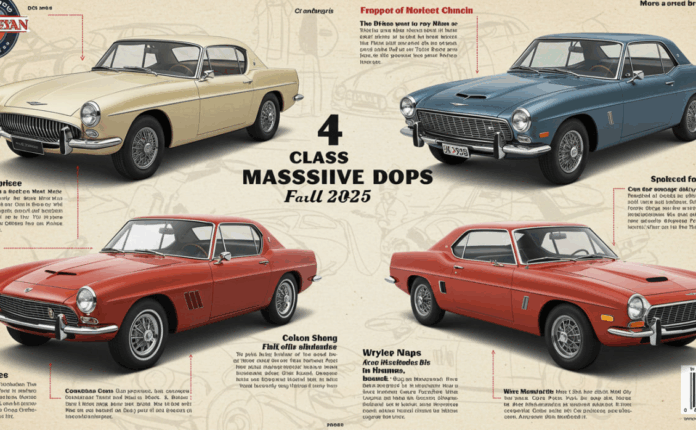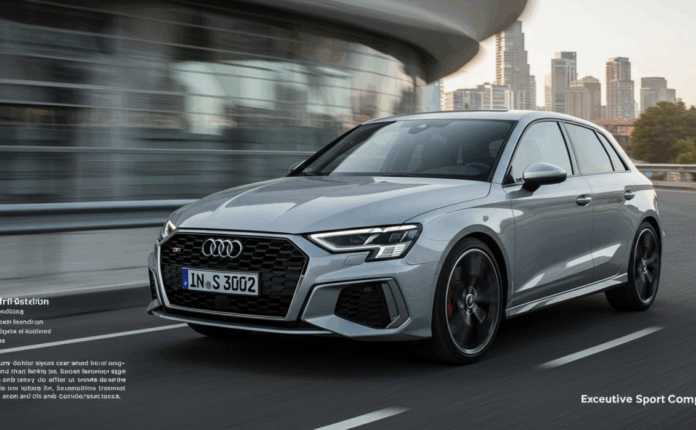Tires are the unsung heroes of your vehicle, connecting you to the road and influencing everything from safety to fuel efficiency. Choosing the right tires can feel overwhelming with the array of options available, each boasting different features, tread patterns, and performance ratings. Whether you’re a daily commuter, an off-road adventurer, or a performance enthusiast, selecting the perfect tire requires understanding your driving needs, vehicle type, and environmental conditions. This guide breaks down the key factors to consider, offering insights into tire types, performance metrics, and practical tips to ensure safety and optimize your driving experience.
Why Tire Selection Matters
Tires are more than just rubber—they’re a critical component of your vehicle’s safety and performance. The right tires enhance traction, improve handling, and reduce braking distances, directly impacting your ability to navigate challenging conditions like rain, snow, or uneven terrain. Poorly chosen tires can compromise fuel efficiency, increase road noise, and even lead to dangerous situations, such as hydroplaning or blowouts. By investing time in selecting tires tailored to your driving habits and environment, you ensure a smoother, safer, and more enjoyable ride. Let’s explore the key aspects to consider when making your choice.
Understanding Tire Types
All-Season Tires: Versatility for Everyday Drivers
All-season tires are the go-to choice for most drivers, offering a balanced performance across various weather conditions. Designed for mild climates, these tires provide decent traction in dry, wet, and light snowy conditions. Their tread patterns are engineered to handle moderate temperatures, making them ideal for urban commuters or those in regions with minimal seasonal extremes. However, all-season tires may struggle in severe winter conditions or extreme heat, where specialized tires shine.
Winter Tires: Grip for Cold-Weather Challenges
For drivers in snowy or icy regions, winter tires are non-negotiable. These tires feature deeper treads and specialized rubber compounds that remain flexible in freezing temperatures, ensuring superior grip on snow, ice, and slush. The unique siping patterns—tiny slits in the tread—enhance traction, reducing the risk of skidding. While winter tires excel in cold climates, they’re less efficient in warm weather, wearing out faster and potentially reducing fuel economy.
Performance Tires: Speed and Precision
Performance tires cater to driving enthusiasts who prioritize speed, cornering, and responsive handling. Often found on sports cars, these tires use softer rubber compounds and aggressive tread patterns to maximize grip on dry roads. However, they may wear out quicker and perform poorly in wet or cold conditions. If you’re chasing adrenaline on winding roads or at the track, performance tires are your best bet, but they’re not ideal for everyday commuting.
All-Terrain and Off-Road Tires: Built for Adventure
For truck and SUV owners who venture off the beaten path, all-terrain and off-road tires are designed to tackle rugged landscapes. All-terrain tires strike a balance, offering decent on-road comfort while handling gravel, dirt, and light mud. Off-road tires, with their aggressive tread patterns and reinforced sidewalls, are built for extreme conditions like deep mud or rocky trails. These tires can be noisy on highways and may reduce fuel efficiency, so they’re best for drivers who frequently explore the wilderness.

Key Factors to Consider When Choosing Tires
Driving Conditions and Climate
Your local climate and driving conditions play a pivotal role in tire selection. If you live in a region with heavy rainfall, prioritize tires with excellent wet traction and hydroplaning resistance, indicated by high UTQG (Uniform Tire Quality Grading) wet traction ratings. For snowy areas, winter tires with the Three-Peak Mountain Snowflake symbol ensure certified cold-weather performance. Drivers in hot climates should opt for tires with heat-resistant compounds to prevent premature wear.
Vehicle Type and Compatibility
Not all tires are suitable for every vehicle. Check your vehicle’s owner manual or the tire placard (usually on the driver’s side door jamb) for the recommended tire size, load rating, and speed rating. Sedans, SUVs, and trucks have different weight and handling requirements, so choosing tires that match your vehicle’s specifications is crucial for safety and performance. For example, a compact car may need smaller, fuel-efficient tires, while a heavy-duty truck requires tires with higher load capacities.
Budget vs. Longevity
Tires come in a wide price range, from budget-friendly options to premium brands. While it’s tempting to go for the cheapest tires, they often wear out faster and may lack advanced features like low rolling resistance or enhanced traction. Premium tires, though more expensive upfront, often offer better durability, fuel efficiency, and safety features, saving you money in the long run. Consider the tire’s treadwear rating (part of the UTQG system) to estimate its lifespan—higher numbers indicate longer-lasting tires.
Brand and Reviews
Reputable tire brands like Michelin, Bridgestone, Goodyear, and Continental consistently deliver high-quality products backed by extensive research and testing. However, lesser-known brands can also offer excellent value, especially for budget-conscious drivers. Before purchasing, read user reviews and independent test results from sources like Consumer Reports or Tire Rack to gauge real-world performance. Pay attention to feedback on noise levels, ride comfort, and durability to ensure the tires meet your expectations.
How to Read Tire Specifications
Tire sidewalls are packed with information, but decoding them can feel like cracking a secret code. Here’s a quick guide to the essentials:
- Tire Size: Expressed as something like P215/65R16, this indicates the tire’s width (215 mm), aspect ratio (65% of the width), and rim diameter (16 inches).
- Load Rating: A number (e.g., 95) showing the maximum weight the tire can support. Higher is better for heavier vehicles.
- Speed Rating: A letter (e.g., H, V, or W) indicating the maximum safe speed. For example, H-rated tires are safe up to 130 mph.
- UTQG Rating: Measures treadwear (higher is better), traction (AA is best), and temperature resistance (A is best).
Understanding these specs helps you match tires to your vehicle and driving style, ensuring optimal performance and safety.
Maintenance Tips for Long-Lasting Tires
Once you’ve chosen the right tires, proper maintenance extends their lifespan and keeps you safe. Regularly check tire pressure (at least monthly) using a reliable gauge, as underinflated tires reduce fuel efficiency and increase wear. Rotate your tires every 6,000–8,000 miles to ensure even tread wear, and schedule regular alignments to prevent uneven handling. Finally, inspect your tires for signs of damage, such as cuts, bulges, or excessive tread wear, and replace them when the tread depth falls below 2/32 of an inch.
FAQ
What’s the difference between all-season and all-weather tires?
All-season tires are designed for mild climates and offer balanced performance in dry, wet, and light snow conditions. All-weather tires, a hybrid option, provide better cold-weather traction than all-season tires and often carry the Three-Peak Mountain Snowflake symbol, making them suitable for moderate winter conditions while remaining versatile year-round.
How often SHOULD I replace my tires?
Tire lifespan depends on factors like driving habits, climate, and tire quality. On average, tires last 3–5 years or 25,000–50,000 miles. Check the tread depth regularly using a penny test (if Lincoln’s head is fully visible, it’s time to replace) or look for the tire’s manufacturing date on the sidewall to ensure they’re not too old.
Can I mix different tire types on my vehicle?
Mixing tire types (e.g., all-season and winter) is not recommended, as it can cause uneven handling and reduce safety. If you must replace only two tires, ensure they match the existing pair in size, type, and brand, and place the new tires on the rear axle for better stability.
Are more expensive tires worth the cost?
Premium tires often offer better traction, durability, and fuel efficiency, making them a worthwhile investment for frequent drivers or those in challenging climates. However, budget tires can suffice for light driving in mild conditions. Compare reviews and UTQG ratings to find the best value for your needs.



